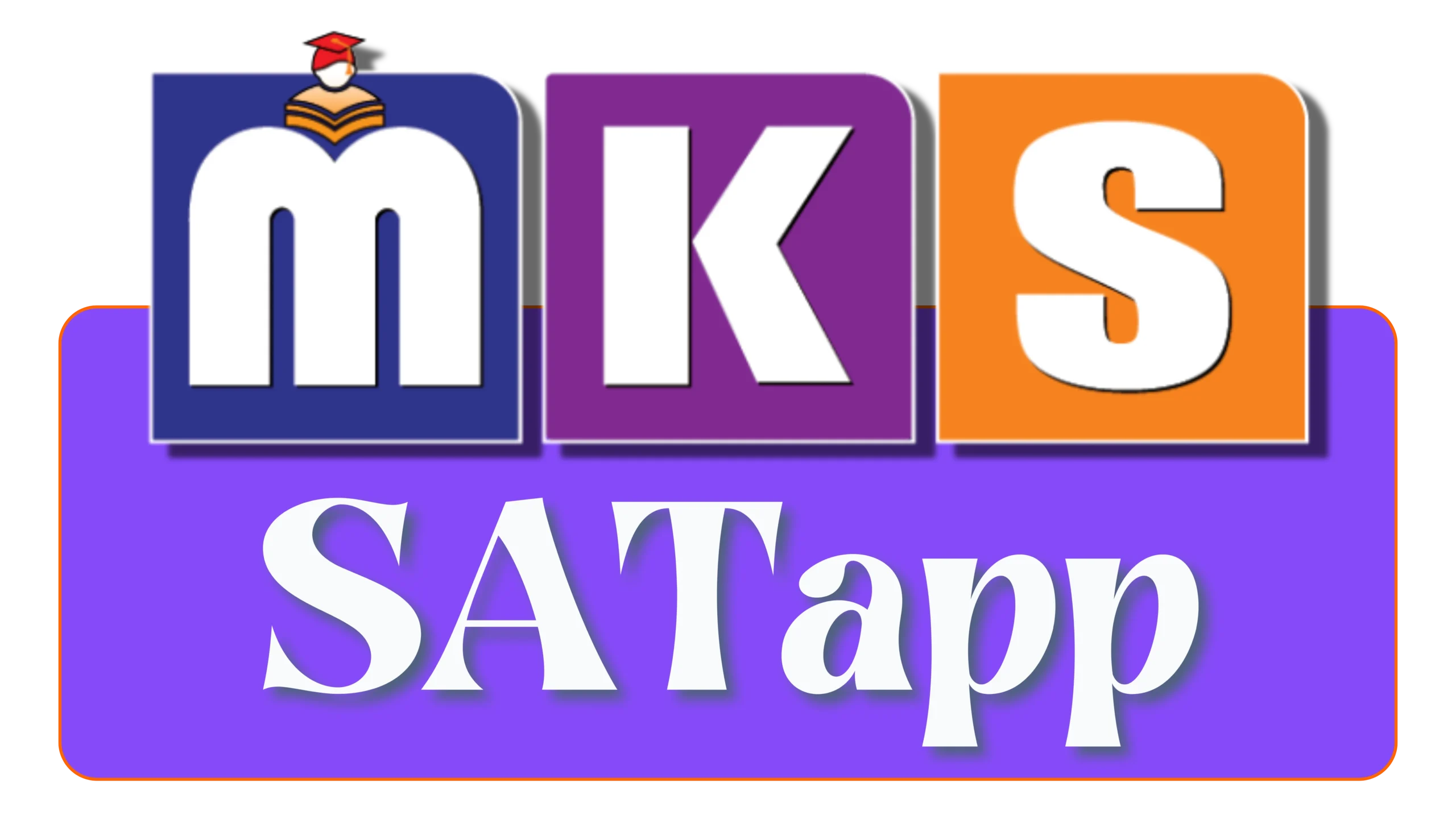
Math Combined Tests
Digital SAT Math: Combined Test Overview
The Digital SAT Math section evaluates students’ abilities in algebra, advanced math, problem-solving, data analysis, geometry, and trigonometry in a combined format. This integrated approach challenges test-takers to apply multiple mathematical concepts across two adaptive modules.
Here’s an in-depth guide to understanding and excelling in the combined test structure of the Digital SAT Math section.
Structure of the Digital SAT Math Combined Test
Two Adaptive Modules:
- Module 1:
- Covers a range of difficulty levels to gauge your baseline proficiency.
- Includes all math categories: algebra, advanced math, geometry, data analysis, and trigonometry.
- Module 2:
- Adaptive difficulty based on your Module 1 performance.
- Questions become harder or easier depending on how well you perform in Module 1.
Key Features:
- Total Questions: Approximately 44 questions across two modules.
- Timing: 70 minutes (35 minutes per module).
- Calculator Use: A built-in calculator is available for all questions.
Content Breakdown in the Combined Test
The combined test includes questions from the following domains:
1. Algebra
- Solving linear equations and inequalities.
- Understanding systems of equations.
- Analyzing and manipulating expressions.
2. Advanced Math
- Quadratic equations and functions.
- Polynomials and exponential expressions.
- Rational expressions and complex numbers.
3. Problem-Solving and Data Analysis
- Ratios, rates, percentages.
- Interpreting graphs, tables, and charts.
- Probability and statistics.
4. Geometry and Trigonometry
- Properties of shapes, angles, and triangles.
- Volume and surface area.
- Trigonometric ratios and graphing functions.
Strategies to Tackle the Combined Math Test
1. Start with Confidence
- The first few questions are generally simpler. Solve them carefully to build momentum and avoid careless mistakes.
2. Time Management
- Allocate about 1.5 minutes per question.
- Skip and flag time-consuming questions to revisit later.
3. Understand Adaptive Testing
- Module 1 performance determines the difficulty of Module 2.
- Focus on accuracy in Module 1 to access higher-scoring questions in Module 2.
4. Use the Built-in Calculator Wisely
- Use the calculator for complex arithmetic but ensure you understand the underlying mathematical principles.
5. Eliminate Wrong Answers
- Use the process of elimination to narrow down choices, especially for multiple-choice questions.
Common Pitfalls to Avoid
- Misreading Questions:
- Read carefully to avoid errors caused by overlooking details like units or specific requirements.
- Overthinking Easy Questions:
- Don’t second-guess straightforward problems; trust your preparation.
- Skipping Too Much:
- Flag and move past difficult questions, but don’t leave too many unanswered.
- Overusing the Calculator:
- Over-reliance can slow you down. Use mental math or manual calculations when faster.
Preparation Tips for Combined Math Tests
1. Take Full-Length Practice Tests
- Simulate the adaptive testing environment using official Digital SAT practice materials.
2. Focus on Weak Areas
- Use practice results to identify and target topics where you lose points.
3. Practice Data Interpretation
- Solve problems involving graphs, tables, and real-world scenarios, as these appear frequently.
4. Memorize Key Formulas
- Ensure you know essential geometry, algebra, and trigonometry formulas:
- Slope: (y2−y1)/(x2−x1)(y_2 – y_1)/(x_2 – x_1)(y2−y1)/(x2−x1)
- Quadratic Formula: −b±b2−4ac2a\frac{-b \pm \sqrt{b^2 – 4ac}}{2a}2a−b±b2−4ac
- Trigonometric Ratios: sin,cos,tan\sin, \cos, \tansin,cos,tan
5. Review Calculator Skills
- Familiarize yourself with the built-in calculator features before test day.
Why the Combined Test Matters
The combined format of the Digital SAT Math section reflects real-world applications, where multiple concepts often overlap. By mastering this section, you’ll demonstrate your ability to integrate mathematical knowledge and solve problems efficiently—a critical skill for college and career readiness.
With consistent practice, strategic preparation, and a clear understanding of the combined test structure, you’ll be well-prepared to excel in the Digital SAT Math section.
